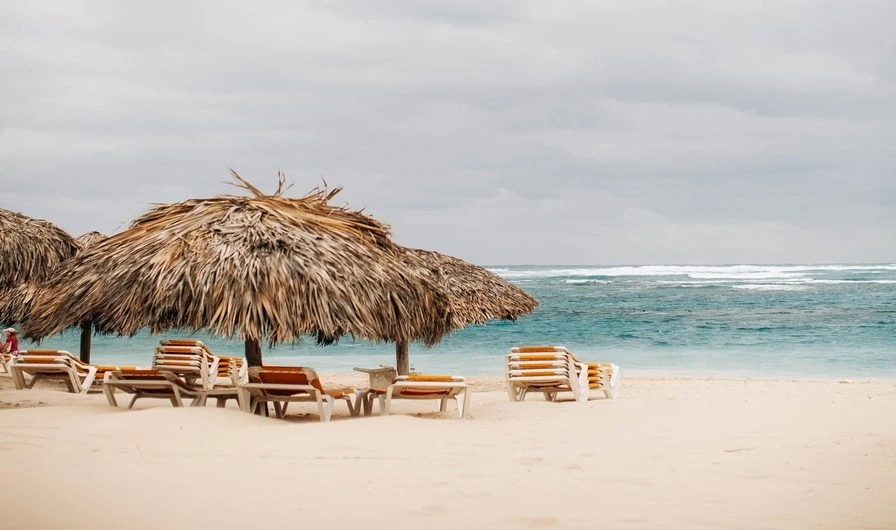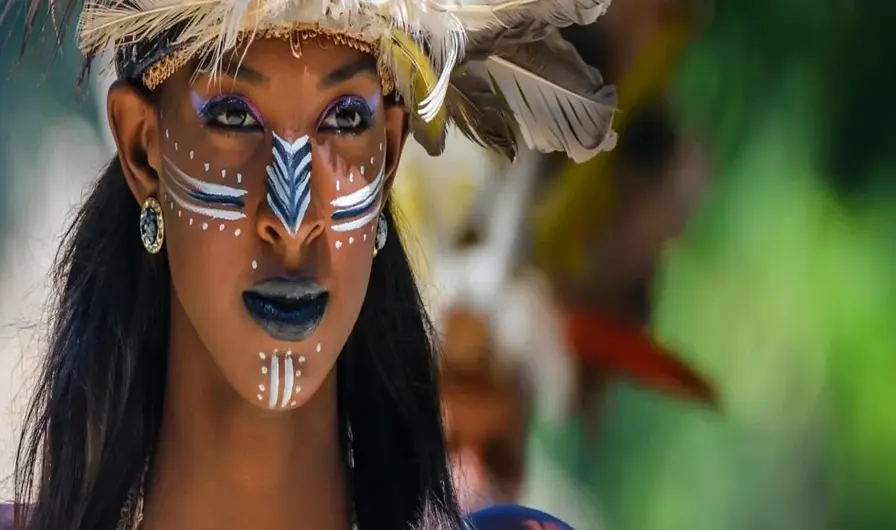Introduction to What Does Punta Cana Mean
Punta Cana is renowned worldwide as a stunning Caribbean destination, attracting thousands of travelers every year. Amid its pristine beaches and crystal-clear waters, many visitors wonder, what does Punta Cana mean? Understanding the name’s origin adds a layer of appreciation to your visit and enriches your overall experience. Whether you’re researching for your upcoming vacation or simply curious, discovering the story behind the name connects you deeper to this tropical paradise.
For a deeper dive into experiences awaiting you here, don’t miss exploring boat trips Punta Cana, one of the best ways to see the natural beauty from a unique vantage point.
The Literal Meaning of Punta Cana
The name Punta Cana comes from Spanish roots describing the geography and flora of the region. The word “Punta” translates to “tip” or “point,” referring to the peninsula shape of the area. “Cana” refers to the tall white cane palm trees native to this part of the Dominican Republic. Put together, Punta Cana literally means the “Tip of the White Cane Palms.” This name perfectly captures the natural landscape, where the coastline meets abundant palm groves, creating a picturesque scene beloved by visitors.
If you are considering exploring the shores and waters, the private catamaran Punta Cana excursions offer luxurious ways to experience those scenic views surrounded by tropical palms.

Historical Names of Punta Cana

Before Punta Cana became the name we know today, the area was known by indigenous Taino people as Yauya, a name connected to underground rivers fueling the lush environment. Later, in more recent histories, locals referred to the region as Punta Borrachón or “Drunkard’s Point,” a name that reflected early settlers’ experiences but lacked the charm suitable for tourism.
The transition to the name Punta Cana was deliberate, aiming to anchor the region’s identity in its natural beauty and geographic features. Discover more fascinating punta cana facts that paint the whole picture of this destination’s unique history.
How and When Punta Cana Got Its Current Name
In the late 1960s and 1970s, Dominican entrepreneur Frank R. Rainieri and his partners envisioned transforming this remote coastal area into a premier tourist resort. To appeal to international visitors, they chose the name “Punta Cana,” inspired by the native palm trees and the shape of the land.
The founding of the Punta Cana Club hotel marked the beginning of a remarkable transformation. From there, the region grew into the vibrant destination it is today—complete with world-class resorts, airports, and transportation infrastructure.
One of the absolute best ways to experience the beauty that attracted investors then is by joining a sunset cruise punta cana, where you can admire the breathtaking coastline as the sun dips beneath the horizon.
Cultural and Symbolic Significance of the Name
The cane palms (cana) are more than just a botanical feature — they hold deep cultural importance. Traditionally, these palms were used by indigenous peoples and local communities as roofing material for their homes, symbolizing protection and shelter. This connects the name Punta Cana not only to the landscape but also to the way people have lived in harmony with nature here.
By capturing this essence, the name Punta Cana reflects the region’s identity as a tropical paradise that is both beautiful and deeply rooted in its heritage. Visitors looking to learn more about what to expect when arriving here can check out punta cana what to expect to prepare for a memorable visit.
Punta Cana’s Transformation: From Remote Land to Global Destination
What started as a remote, underdeveloped area slow to attract widespread tourism is now known worldwide. Key to this transformation was investment in infrastructure such as roads and the establishment of Punta Cana International Airport, making the region accessible to travelers across the globe.
The name Punta Cana became synonymous with luxury travel, pristine beaches, and unforgettable experiences. Those eager to fully immerse themselves in the waters and surroundings can book a catamaran punta cana bavaro tour to explore more of the Bavaro coast in style and comfort.
For those who want to discover one of the most iconic natural attractions nearby, a private catamaran to saona island offers an exclusive way to experience crystal-clear waters, white sands, and vibrant marine life.
Planning Your Trip: Practical Tips and Resources
Understanding the meaning behind Punta Cana enhances your appreciation, but knowing how to plan your trip makes your experience seamless and enjoyable. For guidance on organizing your adventure, see the detailed guide on how to plan a trip to punta cana.
Also, timing matters. To avoid harsh weather and make the most of your visit, learn about when is the best time to visit punta cana for perfect beach days and calm seas.
Conclusion: The Meaning Behind Punta Cana Enriches Your Visit
The name Punta Cana embodies the natural beauty, cultural heritage, and transformation of this Caribbean paradise—from its native palms to its rise as a top travel destination. Knowing what Punta Cana means encourages visitors to connect more deeply with the land, its people, and the vibrant experiences that await.
Ready to explore Punta Cana from a unique perspective? Take advantage of incredible boat trips Punta Cana that showcase the stunning coastline, turquoise waters, and unforgettable sunsets.
Book your dream journey today and see for yourself why Punta Cana’s name has become synonymous with tropical bliss!
Frequently Asked Questions about Punta Cana Meaning
1. What does Punta Cana mean geographically?
Punta Cana literally means “Tip of the White Cane Palms,” describing the peninsula area abundant in native palm trees.
2. Why was the original name changed?
The name changed from indigenous and colloquial terms to Punta Cana to better represent the natural beauty and help establish a marketable identity for tourism development.
3. What does “Cana” specifically refer to in Dominican culture?
“Cana” refers to the white cane palm trees that have significance in local culture, especially as materials for traditional homes and symbolic natural heritage.


